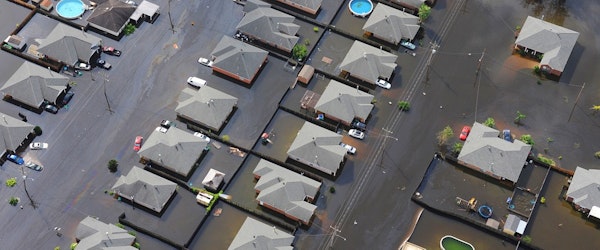
Navigating Flood Insurance Challenges After Hurricanes Helene and Milton
Monday, November 18th, 2024 Catastrophe Legislation & Regulation Property Risk ManagementThe aftermath of Hurricanes Helene and Milton has underscored critical challenges within the U.S. flood insurance market. These storms resulted in substantial claims, with Helene generating over 60,000 NFIP claims and projected losses of $6–7 billion, and Milton contributing an additional 20,000 claims with losses between $1.5–2.5 billion. These events exposed systemic issues, including outdated FEMA flood maps, underinsured properties, and gaps in public program coverage limits.
Florida’s private flood insurance market, facing over $500 million in losses, is growing as homeowners seek alternatives to the NFIP, which often fails to meet their needs. Innovative private policies with higher limits and flexible options are filling the void left by the NFIP’s coverage caps. However, challenges like education gaps about flood risk and the decline in NFIP enrollments due to its new Risk Rating 2.0 methodology persist.
The hurricanes have also sparked discussion about the need for resilient rebuilding efforts and stricter enforcement of building codes. Legislative initiatives in Florida, such as mandated flood insurance for certain property owners, offer potential models for reducing uninsured risks nationwide. A collaborative approach involving advanced mapping technologies, better public awareness, and stronger policy frameworks is critical for building a more sustainable flood insurance ecosystem.





